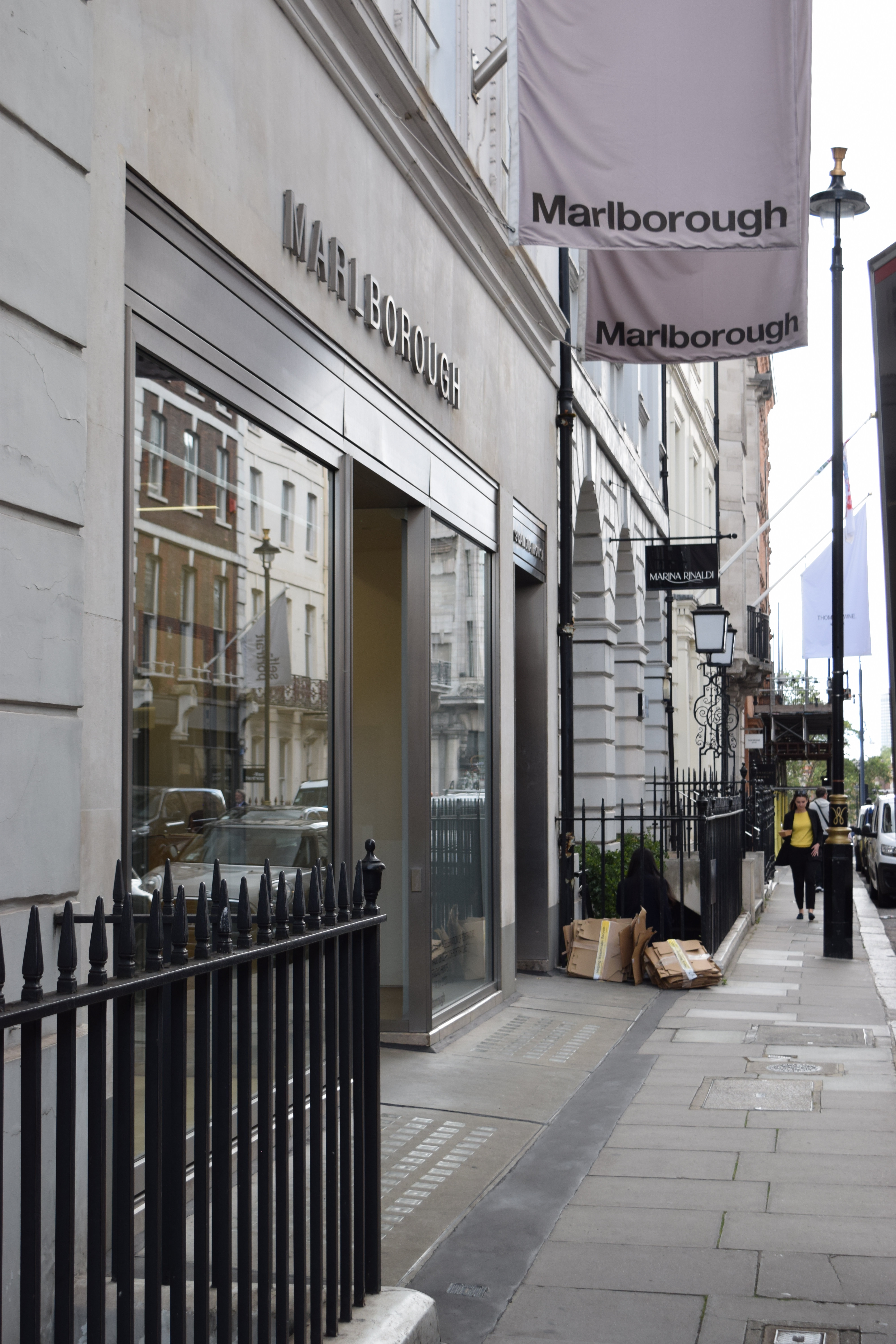
The Colorful Canvas: Celebrating Diversity
Marlborough
The Marlborough Gallery, a name synonymous with fine art, has a rich history that spans over seven decades. Founded in 1946 in London, the gallery was the brainchild of Frank Lloyd and Harry Fischer, two Austrian emigrants who sought refuge in Britain during the outbreak of World War II. The duo's passion for art and their keen eye for talent quickly made Marlborough a hub for art enthusiasts and collectors.
The gallery's early years were marked by a focus on selling masterpieces from the late 19th century, but it soon expanded its scope to include contemporary art. This shift was a testament to the founders' ability to adapt to the changing art landscape and their commitment to promoting a diverse range of artistic expressions.
In 1963, the gallery made a significant leap across the Atlantic, opening a branch in Manhattan, New York. Known as Marlborough-Gerson, this new outpost was located in the Fuller Building on Madison Avenue and 57th Street. The New York gallery later moved to its current location at 40 West 57th Street in 1971, further cementing Marlborough's presence in the international art scene.
Over the years, Marlborough Gallery has been instrumental in shaping the modern art market. It has been home to works by some of the most influential artists of the 20th and 21st centuries, including Francis Bacon, R.B. Kitaj, and Paula Rego. The gallery's commitment to showcasing a diverse range of artistic styles and mediums has made it a vital part of the global art ecosystem.
However, the gallery's journey has not been without its share of controversy. The Rothko scandal in the 1970s, which involved allegations of exploitation and conflict of interest, significantly impacted Marlborough's image. Despite this setback, the gallery has worked tirelessly to regain its reputation and continues to be a significant player in the art world.
Today, Marlborough Gallery continues to uphold its founders' vision of promoting and celebrating art. With its rich history and unwavering commitment to artists and their work, Marlborough remains a beacon of fine art, attracting art lovers and collectors from around the world. Its legacy is a testament to the enduring power of art and the pivotal role galleries like Marlborough play in fostering artistic talent and appreciation.

The Colorful Canvas: Celebrating Diversity
Marlborough
The Marlborough Gallery, a name synonymous with fine art, has a rich history that spans over seven decades. Founded in 1946 in London, the gallery was the brainchild of Frank Lloyd and Harry Fischer, two Austrian emigrants who sought refuge in Britain during the outbreak of World War II. The duo's passion for art and their keen eye for talent quickly made Marlborough a hub for art enthusiasts and collectors.
The gallery's early years were marked by a focus on selling masterpieces from the late 19th century, but it soon expanded its scope to include contemporary art. This shift was a testament to the founders' ability to adapt to the changing art landscape and their commitment to promoting a diverse range of artistic expressions.
In 1963, the gallery made a significant leap across the Atlantic, opening a branch in Manhattan, New York. Known as Marlborough-Gerson, this new outpost was located in the Fuller Building on Madison Avenue and 57th Street. The New York gallery later moved to its current location at 40 West 57th Street in 1971, further cementing Marlborough's presence in the international art scene.
Over the years, Marlborough Gallery has been instrumental in shaping the modern art market. It has been home to works by some of the most influential artists of the 20th and 21st centuries, including Francis Bacon, R.B. Kitaj, and Paula Rego. The gallery's commitment to showcasing a diverse range of artistic styles and mediums has made it a vital part of the global art ecosystem.
However, the gallery's journey has not been without its share of controversy. The Rothko scandal in the 1970s, which involved allegations of exploitation and conflict of interest, significantly impacted Marlborough's image. Despite this setback, the gallery has worked tirelessly to regain its reputation and continues to be a significant player in the art world.
Today, Marlborough Gallery continues to uphold its founders' vision of promoting and celebrating art. With its rich history and unwavering commitment to artists and their work, Marlborough remains a beacon of fine art, attracting art lovers and collectors from around the world. Its legacy is a testament to the enduring power of art and the pivotal role galleries like Marlborough play in fostering artistic talent and appreciation.
Other Galleries